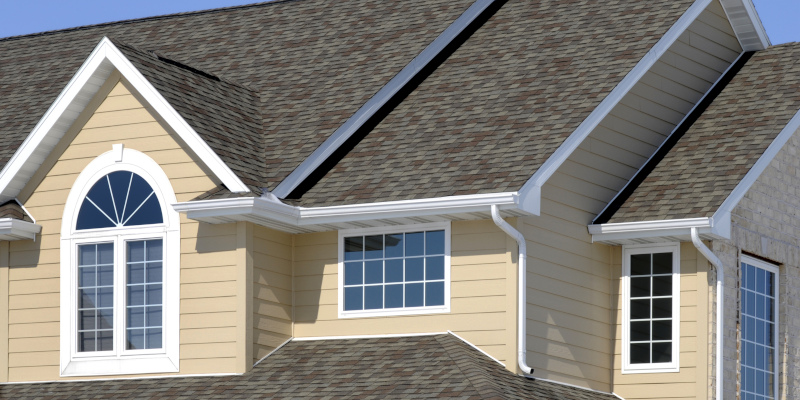A roofing replacement is an important maintenance investment in your home’s longevity. All roofs need replacing eventually due to normal wear and tear from weather exposure and material aging. When the time comes, it’s helpful to know the steps of the process.

Here are the 6 steps of a roofing replacement:
- Remove and discard old roofing materials. Usually, this just means removing the roof shingles. However, sometimes the roofing underlay needs attention as well. A preliminary roofing assessment should be able to indicate the needs for your roof.
- Lay fresh roofing paper and drip edging. The roofing paper material creates a water barrier for your roof, which is sealed with metal drip edging around the perimeter.
- Install new shingles or roofing material. Whatever material is used in your roofing replacement, roof installers begin at the bottom of the roof (at the eaves) and work upward to the peak.
- Install flashing as needed. Flashing is a thin strip of material (usually steel) used to provide extra leak protection around vulnerable areas of the roof such as the chimney and around skylights.
- Install proper ventilation. Ridge vents are often installed along the peak to aid air circulation in the attic. Other types of attic ventilation such as gable vents or roof vents are alternative options.
- Conduct a final inspection and full-property cleanup. Quality roofing replacements are always assessed to ensure industry standards and local regulations are met. A reputable roofing company will also go the extra mile to ensure your entire property is as good as new with no debris left behind.


